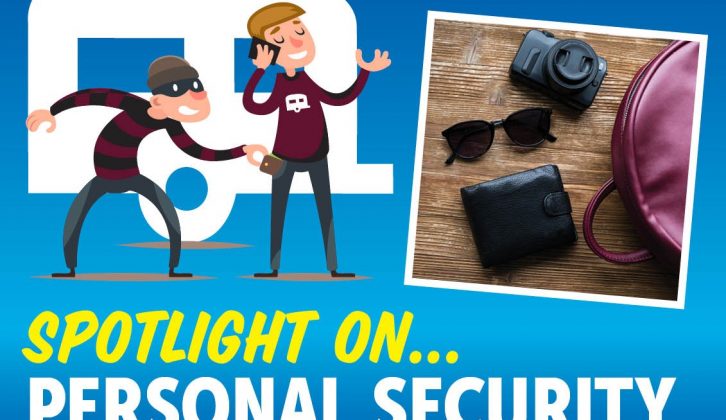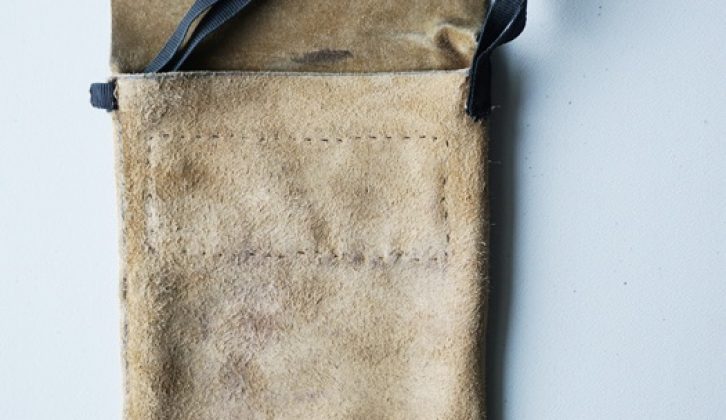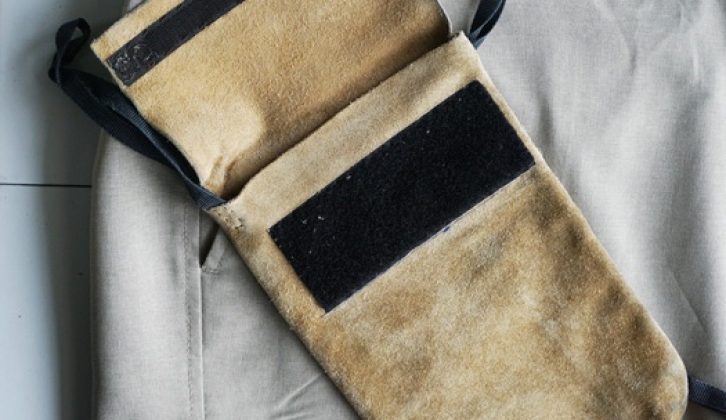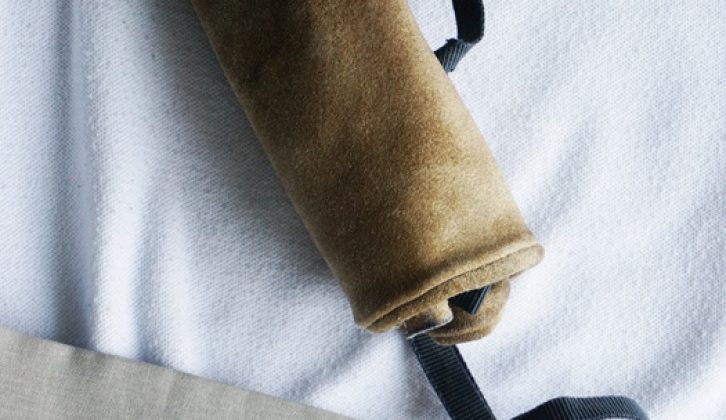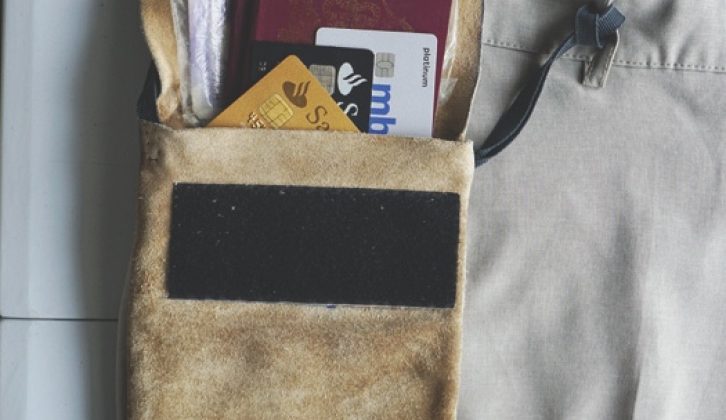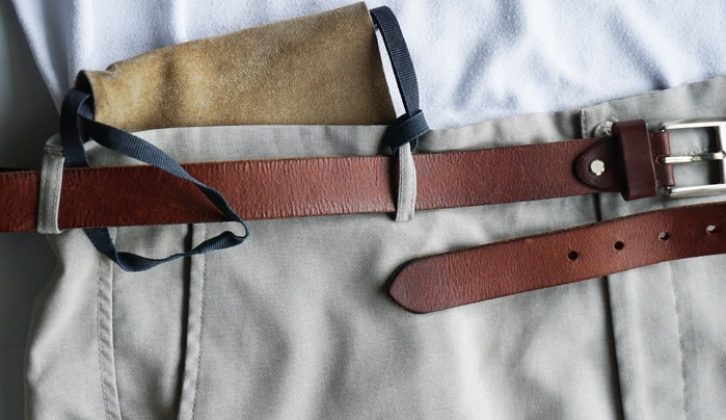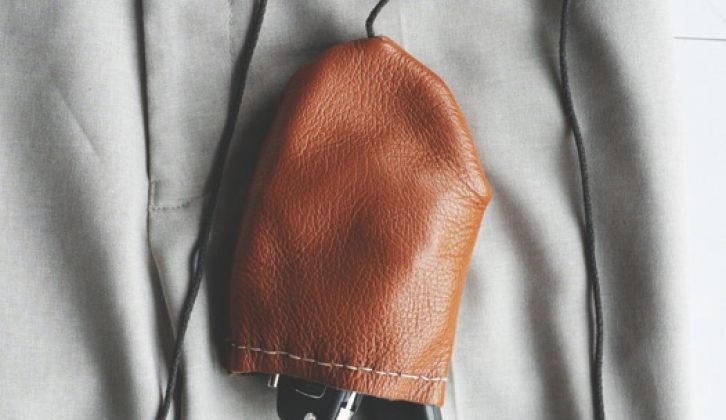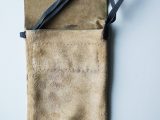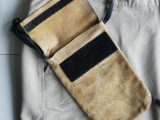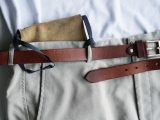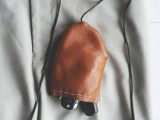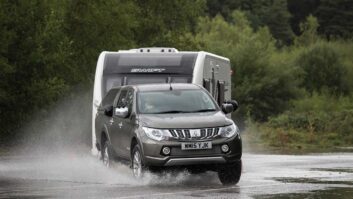On holiday, you want to devote your time to rest and relaxation – not worrying abut your cash and your kit.
And what a disaster it could be, if you were to lose some or all of your portable valuables.
It is, of course, best to leave your jewellery at home, but there are some things that you simply can’t do without while you’re away.
Lose your passports and you will need to seek out a British embassy and pay £100 each for an emergency travel document. This is only valid for the one trip home – there will be extra costs renewing your passports.
If your cash is stolen, it is unlikely to be covered by your travel insurance, while lost credit cards cause a lot of hassle to cancel and renew.
Loss of your keys does not bear thinking about. Replacing a car’s locks alone to prevent vehicle theft would cost you hundreds, never mind caravan and house locks. Safe carriage of handbags and mobiles also needs consideration.
The good news is, with a bit of planning and preparation, you can protect your belongings and enjoy your holiday.
Passports, cash, cards
It is best if at least one member of your party has a large belt pouch, worn under the clothes, to keep your passports, cash, Travellers Cheques and credit cards safe, with only small quantities of ready money kept in your pocket. This takes some thinking ahead, but it is not usually difficult to find a quiet place where you can pull out your pouch and replenish cash and so on, when necessary.
Handy belt pouch
An excellent pouch that will accommodate these items can be made from a 330 x 170mm piece of chamois leather. This material is hardwearing, flexible and comfortable.
You will also need strong 10mm, synthetic tape for the belt loops.
Cut out the leather and prepare two 320mm lengths of tape, which should be temporarily fixed in position.
Cut a width of Velcro and stitch it onto the front of the pouch where the flap will close.
Use a simple running stitch with strong, synthetic thread to sew around the two open sides of the pouch, then go back over this in reverse to complete the stitches. Turn the pouch inside out, ready for use, and add the other Velcro element to the inside of the flap.
Using the pouch
Rest the empty pouch, facing forwards with the tape loops overlapping the trouser belt, just to one side of the centreline. Pass one tape loop through a belt loop and then roll up the pouch and pass it through the end of the tape loop. By pulling this tight, you form a positive knot to the trouser belt loop, so if you are required to remove your belt for a security screening, you will know that your pouch is still securely in place.
You might prefer to position your tapes so the pouch is worn horizontally – I fitted a third tape for this eventuality, but have never found it necessary.
Key safety
You could use a key chain, but they are inconveniently short, obtrusive and easily tangled. A far better option is a 1.2m length of 3mm nylon cord, in a dark colour. This is about the thickness of a bootlace and will be long enough for a small keyring loop at one end and a larger belt loop at the other.
Mobile phones
This is a more difficult one, particularly if you spend a lot of time using it!
The risks are twofold – if your pocket is picked and you don’t immediately notice your phone has been stolen, the thief could run up a huge bill on your account. Or you could have it snatched from your hand. The common-sense advice is not to carry your phone in a back pocket where it is visible, and to avoid walking around with it in your hand. If you can, stand with your back to a wall while using the phone, so you can spot anyone approaching you, including thieves riding mopeds or bicycles.
Handbags
If possible, decant the essential items from your usual handbag into a small, slim bag with a long strap, so you can wear it across the body. If you can, wear a jacket or jersey over it.
Keep valuable articles in your bag to a minimum and never hang it on the back of a chair or put it on the ground when you sit down – if you do take it off, it is safer on your knee.
Caravan safe
You cannot take valuables safely to the poolside – this is when you need a caravan safe. In a future instalment, I will show you how to fit a small safe to your caravan. On a recognised site, with your van immobilised, you can enjoy a relaxing swim!
If your cash is stolen, it is unlikely to be covered by your holiday insurance, and lost credit cards can cause you a great deal of hassle to cancel and renew
